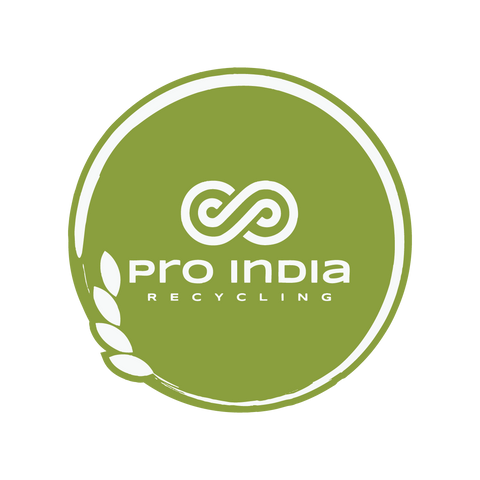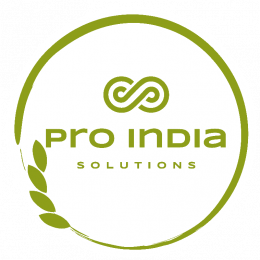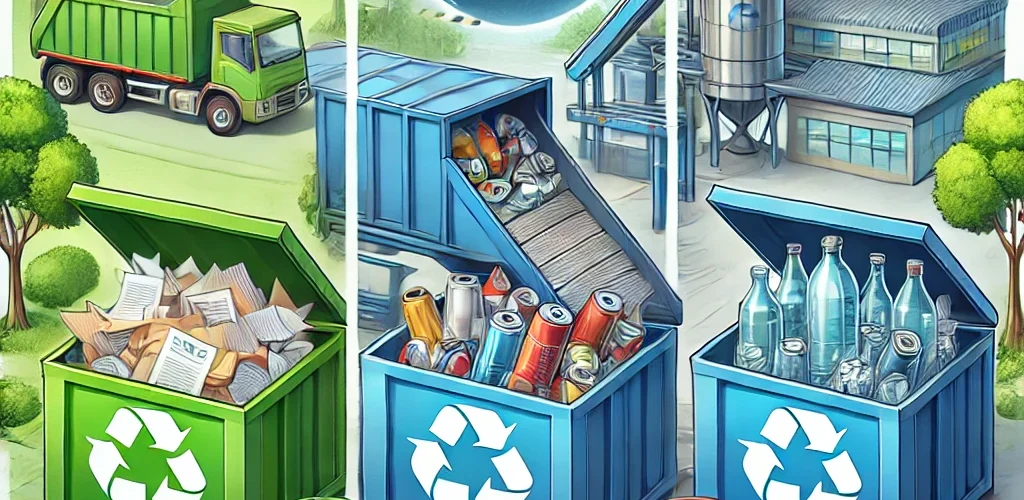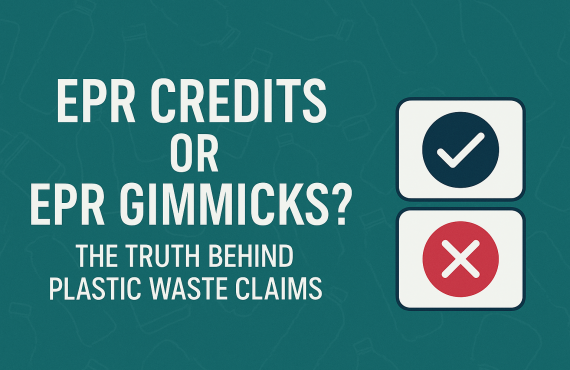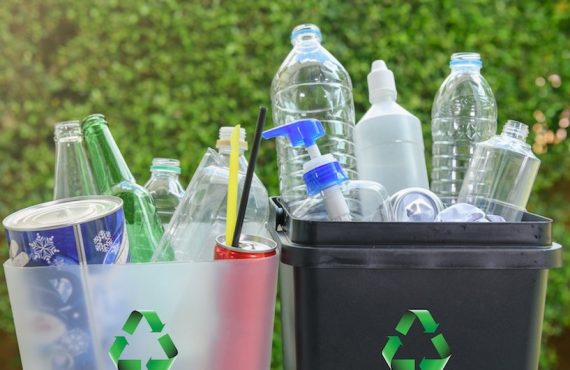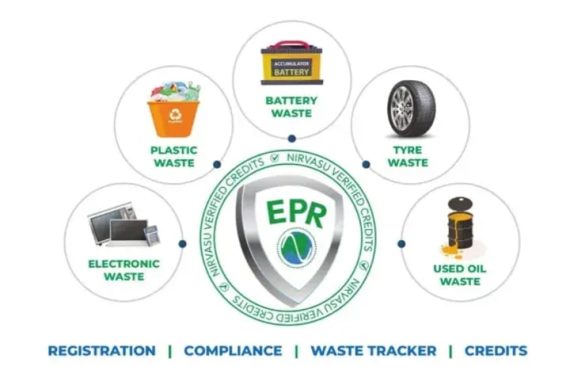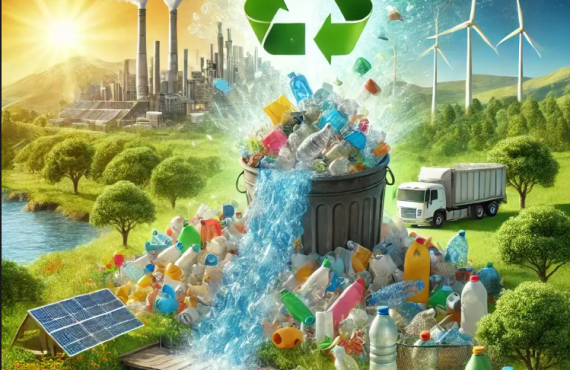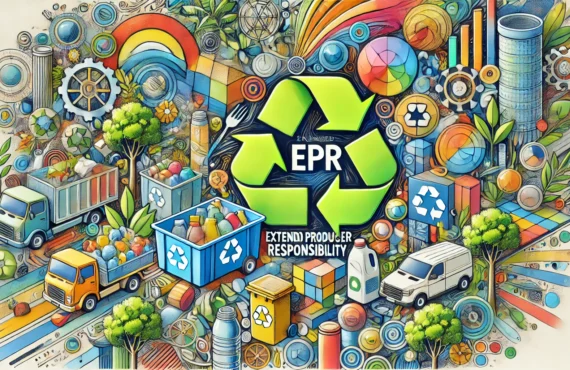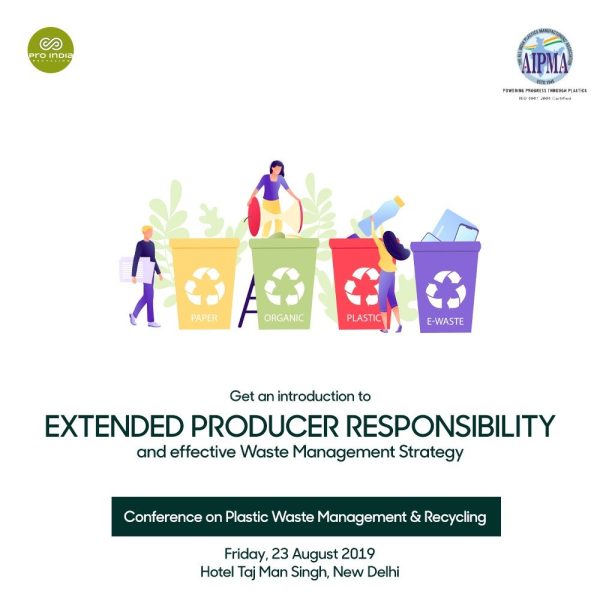The Central Government, under the powers conferred by sections 3, 6, and 25 of the Environment (Protection) Act, 1986, has proposed new draft rules aimed at enhancing Extended Producer Responsibility (EPR) for glass, paper, and metal packaging, as well as sanitary products. These rules, titled the Environment Protection (Extended Producer Responsibility for Packaging made from Paper, Glass, Metal, and Sanitary Products) Rules, 2024, are set to come into effect on April 1, 2026. The initiative focuses on generating wealth from waste, conserving resources, optimizing material use, and improving the overall environmental quality across the country.
Notably, earlier EPR initiatives were limited to plastic waste, e-waste, and used oil. However, these new rules extend the scope of EPR to include glass, paper, and metal packaging, marking a significant step toward comprehensive waste management.
Key Features of the New Rule –
1.Application: The rules apply to the following entities:
- Producers (P): Introducing packaging made from glass, metal, paper, including paperboard, and sanitary products into the market.
- Importers (I): Introducing such packaging materials into the market.
- Brand Owners (BOs): Marketing products in packaging made from the above materials.
- Waste Processors: Managing packaging waste made from paper, glass, metal, or sanitary waste
2.Scope of EPR: The draft rules outline the types of packaging and products covered under EPR:
- Packaging made from paper.
- Packaging made from glass.
- Metal packaging (excluding non-ferrous metals covered under the Hazardous Waste and Other Wastes Rules, 2016).
- Sanitary products.
Plastic packaging waste will continue to be managed under the Plastic Waste Management Rules, 2016, as amended periodically.
EPR for the materials covered includes three core elements:
- Recycling: Ensuring the recycling of packaging waste.
- Use of Recycled Content: Promoting the incorporation of recycled materials.
- End-of-Life Disposal: Facilitating proper disposal methods to minimize environmental impact.
Focus on Glass, Paper, and Metal Packaging
Glass Packaging: The inclusion of glass in EPR targets aims to encourage the recycling of glass packaging and the reduction of virgin material usage. Stakeholders are expected to implement systems for the collection and recycling of glass waste, ensuring minimal environmental impact and promoting circular economy practices.
Paper Packaging: Paper and paperboard packaging are critical components under the EPR rules. The emphasis is on maximizing the recycling of paper waste, reducing landfill contributions, and using recycled content in packaging materials to conserve natural resources.
Metal Packaging: EPR targets for metal packaging focus on optimizing the lifecycle of metal materials. Producers and waste processors are encouraged to enhance recycling systems for ferrous metals while ensuring compliance with environmental standards. Non-ferrous metals fall under separate regulatory frameworks, ensuring comprehensive management of all metal waste streams.
3.Environmental Compensation (EC): The rules introduce the imposition of Environmental Compensation based on the polluter pays principle. This mechanism addresses non-compliance with EPR targets by PIBOs (Producers, Importers, Brand Owners) and waste processors. The Central Pollution Control Board (CPCB) will:
- Develop and notify guidelines for imposing and collecting EC for non-compliance, including:
- Failure to meet EPR targets.
- Submission of false information.
- Generation of fraudulent EPR certificates.
- Levy EC on PIBOs operating across more than two states.
4.Payment and Refund of Environmental Compensation: Payment of EC does not absolve PIBOs of their EPR obligations. Any unfulfilled EPR obligation will be carried forward for a maximum of three years. If obligations are fulfilled within this period, the EC will be refunded as follows:
- 75% return if fulfilled within one year.
- 60% return if fulfilled within two years.
- 40% return if fulfilled within three years.
Implications for Stakeholders
Producers, Importers, and Brand Owners: The draft rules emphasize accountability for reducing the environmental impact of packaging materials. PIBOs must adopt sustainable practices, including the use of recycled content and efficient waste management systems.
Waste Processors: The inclusion of waste processors under the ambit of EPR reinforces the importance of their role in recycling and disposal. Compliance with guidelines will be crucial to avoid penalties.
Central Pollution Control Board (CPCB): The CPCB’s responsibility expands to monitoring compliance, enforcing penalties, and ensuring transparent systems for managing EC collection and refund.
Conclusion
The draft rules mark a significant step toward sustainable waste management by promoting recycling, reducing the use of virgin resources, and ensuring environmentally sound disposal practices. By implementing these rules, the government aims to foster a circular economy and achieve the dual goals of economic growth and environmental protection. Stakeholders must proactively align their practices with these guidelines to ensure compliance and contribute to a cleaner, greener future.
